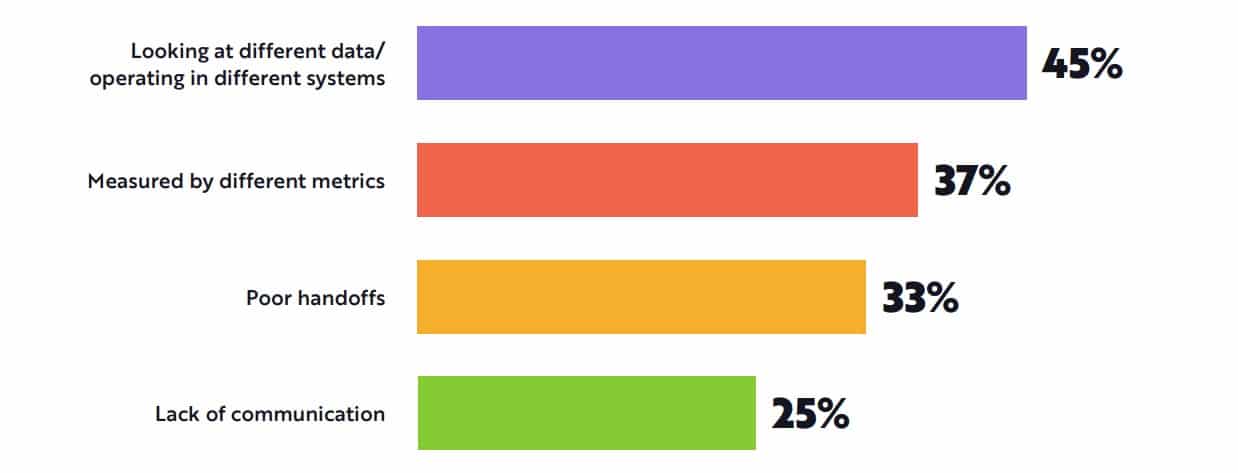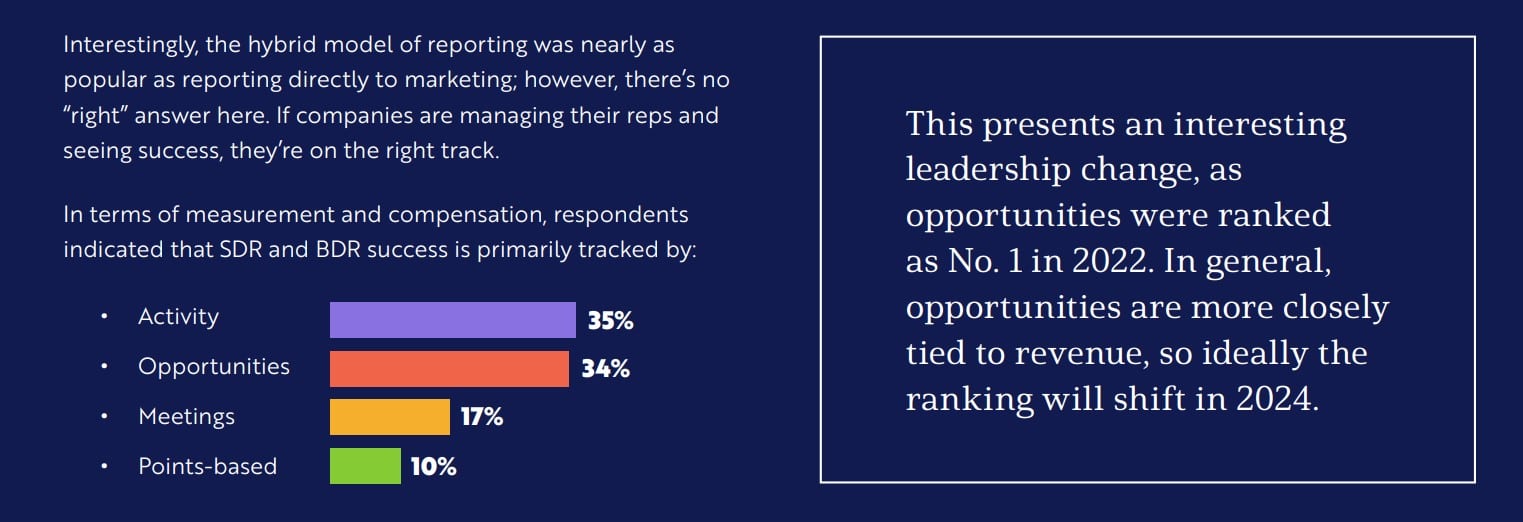On the heels of a tough year, B2B leaders across marketing and sales are reevaluating their approaches to better differentiate themselves and cushion their companies from the impact of a still shaky economy, according to new research from B2B-focused sales and marketing data analysis firm Demandbase, in partnership with B2B marketing news and trends publication Demand Gen Report. A new survey report explores how teams are handling the current economic landscape, trends in their technology use, the go-to-market strategies and practices that are driving growth, and more.
Their newly released 2023 C-Suite Go-to-Market (GTM) Benchmark Survey gathered responses from 200 high-level B2B sales and marketing leaders to better understand how the industry is changing and the approaches that separate successful companies from the rest.
Key topics addressed in the survey report:

“In the year since our last survey, we’ve seen increased challenges in the B2B industry, but there has been just as much—if not more—progress,” said Jon Miller, chief marketing officer at Demandbase, in a news release. “Many companies are being forced to cut budgets, but our research reveals that tech stacks are the least likely to be cut, demonstrating that teams recognize technology’s value in driving efficiency.”
Top 5 priorities practitioners will focus on to drive growth in the upcoming year:

“Additionally, more leaders are viewing GTM through a broader lens than they did in 2022, which is paving the way for greater internal alignment and a more holistic approach to campaigns and tactics,” Miller added. “Overall, B2B leaders are recognizing that what worked in the past isn’t working today, causing them to place a premium on efficiency and, ultimately, a Smarter GTM.”
The key struggles that organizations still face regarding alignment:

Important findings from the report include:
Key priorities that promote growth & efficiency
- Respondents marked customer acquisition and customer expansion as the top two efforts they rely upon most to drive growth.
- Leaders indicated their top three priorities are improving alignment (66 percent), increasing win rates (63 percent), and increasing marketing investments (56 percent).
- Leaders were also more likely to cater to self-service needs than laggards, with many reporting they’ve enabled such options to streamline operations. In particular, they’re using demo videos (48 percent), interactive demos (41 percent), online calculators (40 percent), and product tours (39 percent).
An evolving view of metrics
- The primary metrics that marketers are being measured on today include total revenue (18 percent), marketing qualified leads (MQL; 16 percent), marketing-influenced revenue (12 percent), and marketing-sourced revenue (10 percent).
- SDR and BDR success is primarily being tracked by activity (35 percent), opportunities (34 percent), meetings (17 percent), and points-based (10 percent).
What are teams using third-party data for?

Internal alignment relied on to increase efficiency
- Encouragingly, 52 percent of respondents reported that they do not struggle with alignment, with roughly half of sales responders saying they’re aligned with marketing and roughly half of marketers saying they’re aligned with sales. While this shows improvement over last year, it still means that nearly half have work to do in this area that can help drive efficiency and results.
- Of those who continue to struggle with alignment, their top challenges include looking at different data/operating in different systems (45 percent), being measured on different metrics (37 percent), poor handoffs (33 percent), and lack of communication (25 percent). These are roughly in line with the primary challenges from last year’s study, reinforcing the fact that these issues must be addressed if companies are to achieve greater alignment.
The changing data landscape
Data has become necessary for nearly all elements of modern marketing, but the survey revealed that practitioners are still facing difficulties with getting it right.
- Specifically, respondents cited the following challenges: data quality (dirty, out of date, duplicates; 55 percent), missing or incomplete information (50 percent), disconnected/siloed data sources (40 percent), actioning data (34 percent), and an inability to digest data the way they want (34 percent). While the first four obstacles were also cited in last year’s study, the inability to digest data how they’d like to is a new—and far-reaching—problem brought to the surface this year.
- Today, third-party data is primarily being used for competitive intelligence (61 percent), account prioritization (55 percent), personalizing messaging and outreach (54 percent), account selection (43 percent), and timing engagement (28 percent). This last number reveals that almost 75 percent of respondents are missing a great opportunity to use intent data to show up at the right time, when buyers are in-market and most likely to buy.

Based on the results of the survey, it’s clear that successful B2B organizations today are focused on improving their GTM strategies to address the uncertainties presented by an unstable economy. Leaders shared many priorities and approaches, including incorporating third-party data, adopting a singular platform/data source, viewing GTM through the lens of all revenue-generating activities, investing in technology and efficiency, and prioritizing self-service buying experiences.








